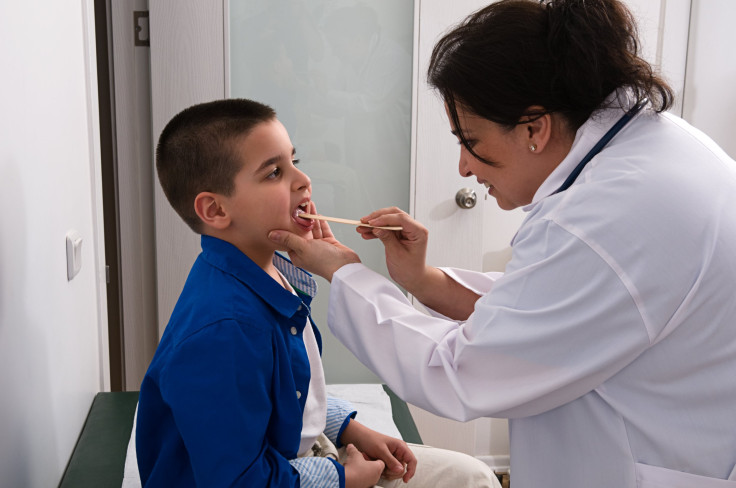Secondhand Smoke, Cooking Stoves To Blame For Tonsillectomy Complications In Kids

A majority of children around the world suffer some form of exposure to carbon monoxide, putting them at a higher risk of suffering complications and intense pain following tonsillectomy, new research shows.
Presenting findings to the annual Euroanaesthesia meeting on Sunday, researcher Daniel Sessler of the Cleveland Clinic said exposure to carbon dioxide causes carboxyhaemoglobin, which increases sensitivity to pain with elevated concentrations of carboxyhaemoglobin in the blood.
"Children exposed to substantial environmental carbon monoxide have more complications and more pain after general anaesthesia than less exposed children,” Sessler said in a press statement.
That majority of children around the world includes 40 to 70 percent exposed to secondhand tobacco smoke as well as nearly half exposed to coal-burning stoves at home. As more than a billion people around the world lack a modern cooking stove, many families burn solid-fuels to both cook food and heat the home — children and adults often sleeping near the stove for warmth.
In the study, Sessler and his colleagues analyzed data from 100 children in Turkey who were scheduled for elective tonsillectomy. The children were divided into two groups depending upon their exposure to carbon dioxide, with 64 of them reporting high exposure to the poisonous gas. Seven days after surgery, complications for many of the children included brochospasm, laryngospasm, persistent coughing, low-blood oxygen, low blood pressure, and bleeding. Some required re-intubation at the hospital along with a follow-up operation. Many also reported excessive pain to researchers, measured using a standard research pain scale.
Among children most exposed to carbon monoxide, 54 percent of the children had been exposed to secondhand tobacco smoke, compared to 24 percent who had received less exposure to the indoor pollutants. Some 89 percent of the children with coal-burning also suffered high levels of exposure, compared to 72 percent of children whose families used other methods of heating the home.
As expected, post-surgical complications were more common among children most exposed to carbon, those with high levels of carboxhaemoglobin -- at 47 percent compared to 14 percent for the others. Most of the complications occurred in the postanaesthesia care unit, the researchers added, with excessive pain far less common among those with lower exposure to smoke.
Source: Sessler D, Koyuncu O. Annual Meeting of Euroanaesthesia. 2014.



























